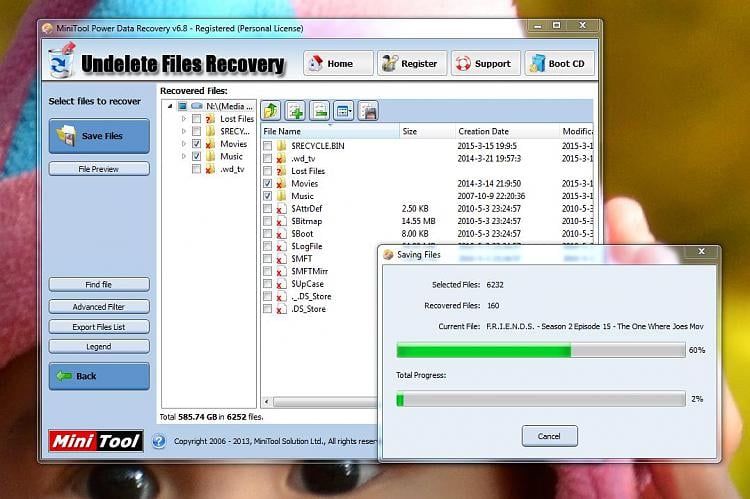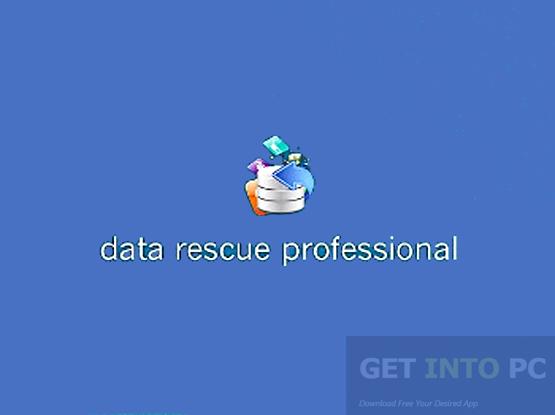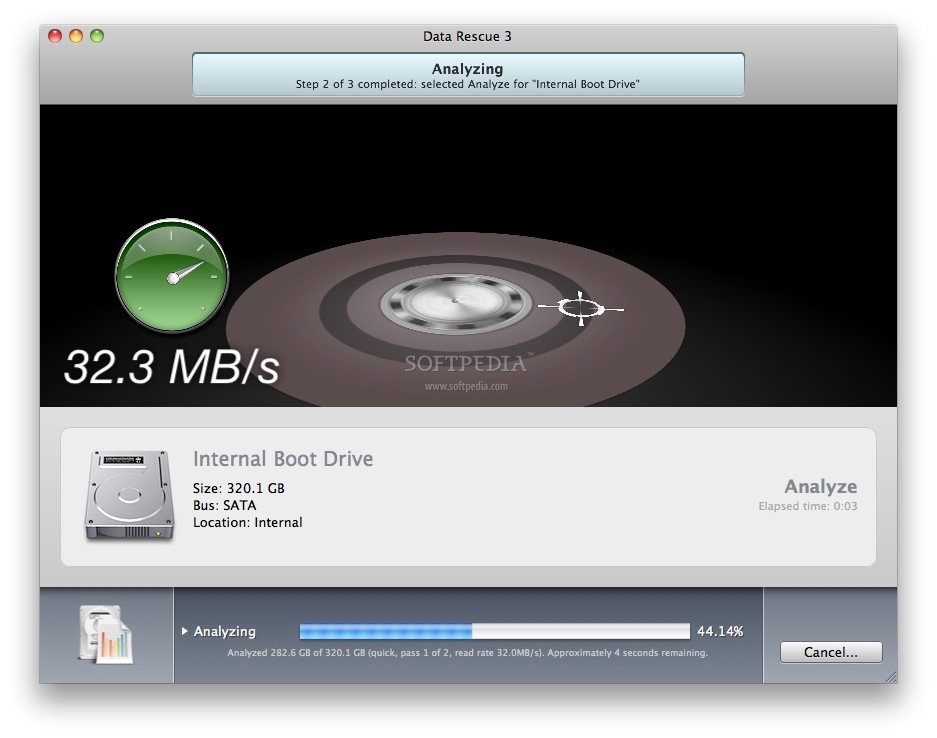Data Rescue is a data recovery software for Windows. Find, recover, and preview accidentally deleted files, lost data, and reformatted drives with ease. Go beyond hard drive recovery software. Data Rescue recovers files from a multitude of devices including SD cards, USB drives, CF cards, solid state drives, and more. Data Rescue 6 is an effective file recovery application that boasts simple file recovery with only a few steps. It lets you scan your drive, recover lost files, clone your drive, and even create a recovery drive for when your computer stops cooperating. But, can it really deliver as stated? Let’s take a look. DataRescue's DD (in short DrDD) - is a graphical disk imager intended for data recovery and backup of partially corrupted storage devices. The purpose of the Data Rescue cloning function is to copy the raw data of a drive or volume to another drive or volume, so that the copy may be scanned and recovered from, reducing the wear-and-tear on the original hard drive.
If you’ve ever accidentally deleted important files, or if you’ve had a disk go bad, you know how hard it can be to recover your work. Data Rescue II, a file-recovery program that can resuscitate files you thought you’d trashed and data from drives you thought had died, could help.


Needle in a haystack

Running Data Rescue II is easy: You select a disk and volume to scan, specify a separate drive to which the program can copy the files it recovers, then select a scan method: Quick, Thorough, or Deleted Files. The first two are for finding files on drives that aren’t working; the last is for finding files you’ve accidentally erased from working drives. There’s an Expert mode that offers those same three scanning options plus a disk analyzer and a disk cloner (so you can make a copy of a damaged disk to a properly functioning disk before performing your scans). Whatever mode you use, once Data Rescue has finished scanning, you review the results and recover the files you want.

I tested Data Rescue II on a 30GB partition of my test Mac’s startup disk, a 100MB Zip disk, and a 60GB iPod in disk mode. (The program will scan anything—hard disks, Zip and Jazz drives, compact flash camera cards, whatever—that appears to OS X as a disk device.) On each, I copied 30MB of text, graphic, music, Word, PDF and RTF files, deleted them all, then fired up Data Rescue to see what it could find.
Searching is pretty snappy. Scanning through that 30GB partition took about 13 minutes—pretty fast, given the number of files already on it before I copied and deleted my 30MB sample. The 100MB Zip disk (which I’d completely ‘zeroed out’ using Disk Utility before copying and deleting my test files) took just a few minutes.
Mixed results
Unfortunately, Data Rescue doesn’t always find everything it should. Searching that hard drive and the Zip disk in Deleted Files mode, it recovered only some of the files. Results were better on an iPod: Data Rescue successfully recovered all of the files I’d deleted from it.
And even when Data Rescue thinks it’s recovered a file, it may not have really done so. For example, some of the PDF files the program claimed to have recovered produced “File Error” messages in Preview.

The program recovers data, not the actual names of files, so you need to open all the files the program finds to get the one you are looking for. (Spotlight can help if you are looking for specific content.) You may also find multiple versions of certain files, so you’ll have to search through each one to the find the version you want; that process can be really laborious if you’ve recovered lots of files.
Data Rescue II really comes into its own when a disk bites the dust. After manually corrupting the catalog on that same Zip disk, so it would no longer mount in the Finder, the program found all the test files I had copied to it. Granted, that process can take a long time: Scanning a large disk can take several hours, and file-recovery can take days. But if you really need those files, you won’t begrudge the wait.
Data Rescue II comes with a CD (or a downloadable disk image you can burn to CD, if you purchase by download), so you can boot the software on a damaged computer; unfortunately, that CD won’t boot on all Macs. (Tip: Make sure to note your serial number before disaster strikes: you won’t be able to use the CD without it.) Also, since you need to copy recovered files to an external disk, you might be better off using a second disk for any major operations.
Macworld’s buying advice
Data Rescue II produces mixed results, depending on the state of your drive, whether files have been corrupted or overwritten, and whether your drive is damaged. It works well for recovering deleted files on a variety of media, though not all files will be usable. You need an external hard disk to do anything other than recover accidentally deleted files, but if you ever have serious disk problems, this program may save your hard work.
Data Rescue
[ Kirk McElhearn is the author of many books, including The Mac OS X Command Line: Unix Under the Hood (Sybex, 2004). His blog, Kirkville, talks about Macs, iPods, and more. ]
Data Rescue Crack
Once Data Rescue II has scanned your drive and found your files, you can select which kinds of files it will attempt to recover.